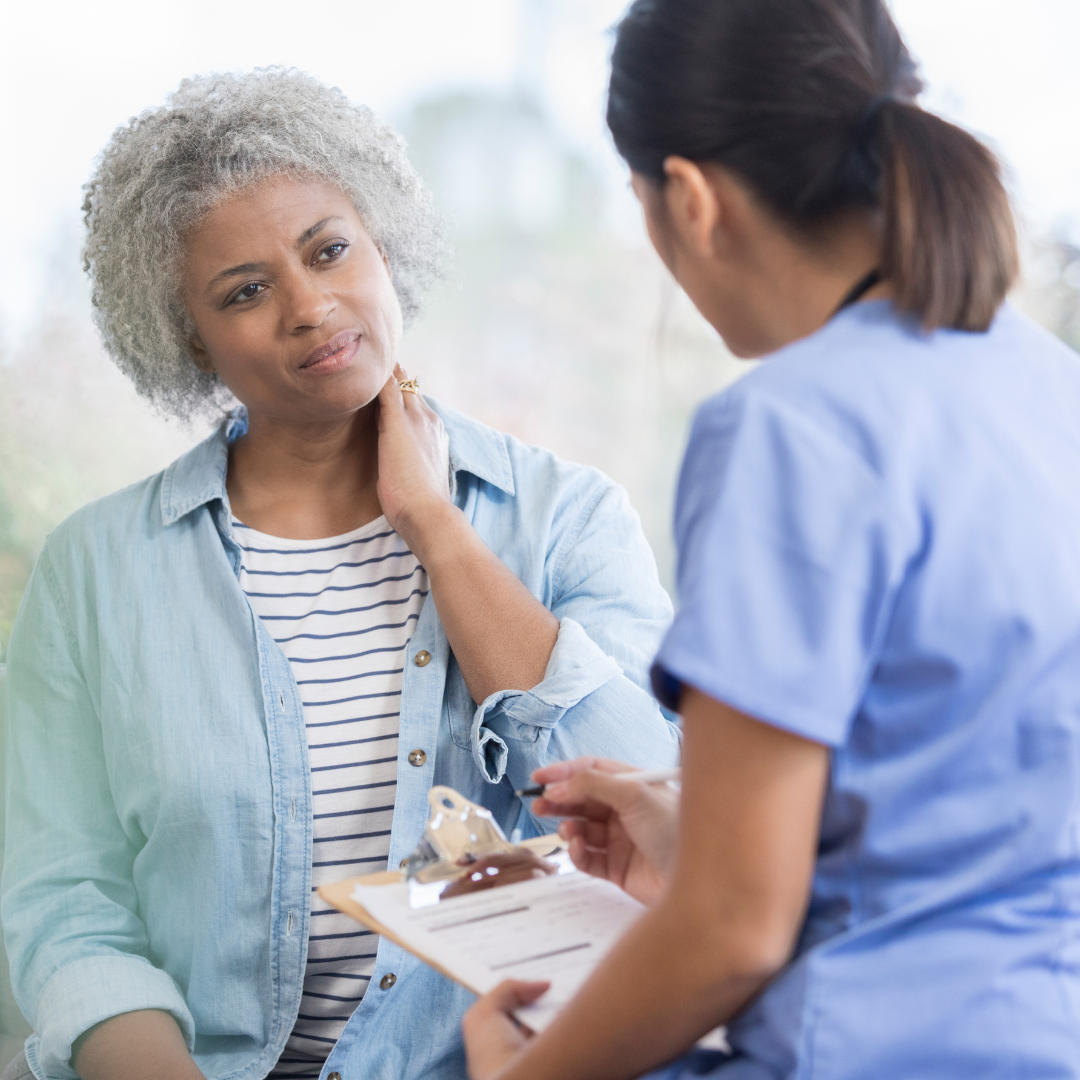Related Research
Learn more about our studies
Overview: To identify modifiable muscle-related factors that could help promote healthy active aging by reducing our risk of becoming frail and fracturing our bones. The Geras Centre for Aging Research participates in the recruitment and management of study participants in the CaMos MQS led jointly by the University Health Network: imaging specialists, epidemiologists, musculoskeletal scientists and physicians address the issue of aging muscles, frailty and how they relate to fractures.

This 8 year longitudinal study has 3 primary objectives:
Details of Data Collection:
The study will collect, from 1700 men and women, information about fractures and questions to construct an index of frailty, for each of 8 years. At baseline and at every other year, it will also obtain full body composition scans, CT and MRI scans of the leg. These imaging tools will quantify muscle, bone and fat distribution information. At these same visits, the study will measure muscle strength, power, control and balance using well-established functional tests.
Key Findings to Date:
